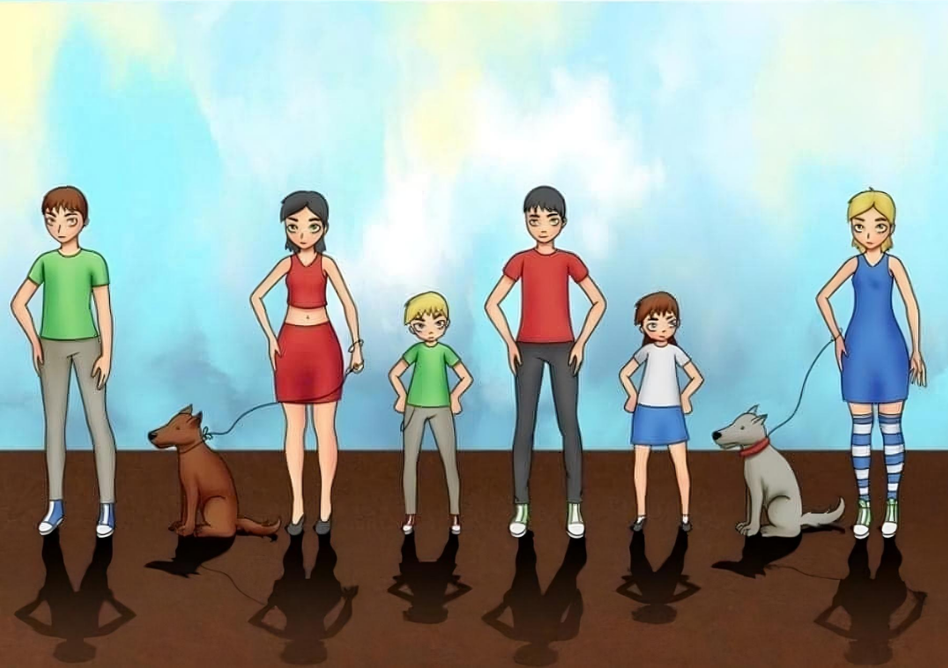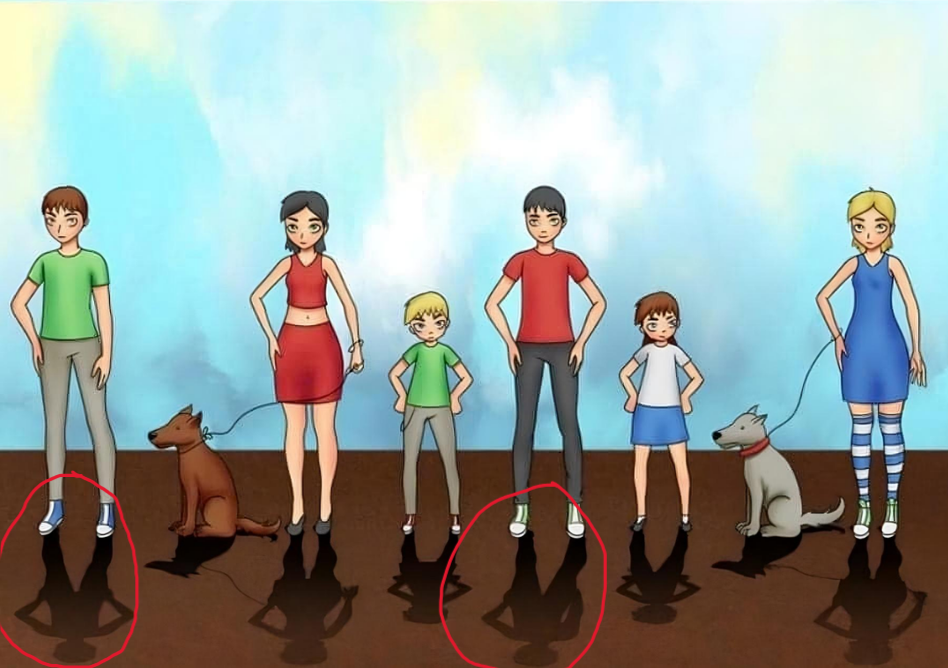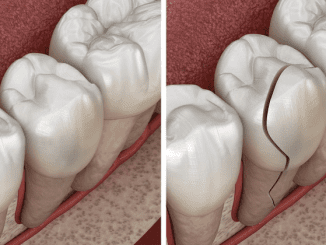Have you ever been captivated by a puzzle that seemed easy at first but left you scratching your head? That’s exactly the case with this brain teaser. On the surface, it looks like a straightforward photo of a group of people and their pets. But there’s a subtle mistake hidden in plain sight—can you spot it? Take a closer look, and let’s uncover the mystery together.

Why Puzzles Like This Hook Us So Easily
Puzzles are more than just a pastime—they’re a mental workout that engages your brain and hones your attention to detail. But let’s face it: they’re also designed to trick you. This is because we often rely on assumptions, and puzzles exploit those mental shortcuts.
For instance, when you look at a photo like this, your brain prioritizes the most prominent elements: people, pets, and colors. But the real trick lies in the overlooked details—things like shadows, proportions, or patterns. These tiny inconsistencies are what make puzzles so addictive and rewarding.
The Most Common Mistakes People Make
Before diving into the solution, let’s explore some common pitfalls that can trip up even the sharpest observers:
- Rushing: Trying to solve the puzzle too quickly often leads to missed details.
- Ignoring Subtle Elements: Shadows, reflections, and small patterns often hide the answer.
- Overfocusing on Big Details: People tend to focus on the largest or most colorful parts of the image while ignoring smaller anomalies.
- Assuming Perfection: Our brains are wired to assume that everything fits, so we often overlook minor discrepancies.
Sound familiar? Don’t worry—these mistakes are all part of the fun. Now let’s solve the puzzle step by step.
Step-by-Step Guide to Finding the Mistake
Ready to uncover the hidden error in this photo? Follow these steps:
1. Scan the Image Methodically
Start by taking a broad look at the scene. You’ll notice a group of six people standing side by side, some holding leashes attached to their dogs. Everything might seem normal at first, but don’t let that fool you—puzzles like this are designed to hide inconsistencies in plain sight.
- Observe the clothing and postures of the individuals.
- Take note of the dogs and how they’re positioned.
- Pay attention to the background details, like shadows and patterns.
2. Focus on the Shadows
Here’s the key to solving this puzzle: the shadows. Look closely at the shadow cast by the person in the green shirt (on the far left) and compare it to the shadow of the person in the red shirt. Do they match their respective positions?
The Answer: The shadows have been swapped!
- The shadow of the person in green actually belongs to the person in red.
- Likewise, the shadow of the person in red belongs to the person in green.
This subtle inconsistency is easy to miss because shadows are often seen as secondary elements. But in this puzzle, they’re the key clue.
3. Double-Check the Rest of the Image
While the mismatched shadows are the primary error, it’s always a good idea to look for additional inconsistencies. Scan the image for other anomalies, such as:
- Uneven proportions or distorted shapes.
- Changes in the details of the dogs, like missing collars or altered positions.
- Discrepancies in the background, like missing objects or shifted elements.
In this case, the swapped shadows are the sole mistake, but practicing thoroughness will help you spot multiple errors in other puzzles.

Why Details Like Shadows Matter
This puzzle highlights how small details can hold the biggest clues. Shadows, reflections, and minor patterns are often overlooked because they don’t seem important. However, they can reveal hidden inconsistencies that break the illusion of a perfect scene.
Think of solving puzzles like being a detective. A good detective doesn’t just look for obvious clues—they dig deeper, analyzing every element until the story comes together. By paying attention to details, you’re training your brain to think critically and notice things others might miss.
Tips for Solving Visual Puzzles Like a Pro
Want to sharpen your skills and become a puzzle-solving master? Here are some practical tips:
- Take Your Time: Slow down and scan the image carefully. Speed often leads to oversight.
- Break It Into Sections: Divide the image into smaller parts, focusing on one area at a time.
- Pay Attention to Patterns: Look for inconsistencies in repetitive elements like shadows, reflections, or textures.
- Use a Logical Approach: Start with the most prominent areas, then move to less noticeable details.
- Practice Regularly: The more puzzles you solve, the better your observation skills will become.
The Joy of Finding the Mistake
Did you manage to spot the mismatched shadows before reading the solution? If you did, congratulations—you have a keen eye for detail! If not, don’t worry—puzzles like this are meant to challenge you and make you think outside the box. The more you practice, the better you’ll get.
Now that you’ve solved this puzzle, why not share it with your friends or family? See if they can find the mistake without any hints. It’s a great way to spark conversation, have fun, and test each other’s skills.
Conclusion: Keep Challenging Your Mind
Puzzles like this are more than just a fun way to pass the time—they’re a fantastic tool for sharpening your focus, boosting your problem-solving abilities, and training your brain to think critically. By solving challenges like this one, you’re not just finding mistakes—you’re improving your ability to notice details in everyday life.
So, are you ready for the next puzzle? Keep practicing, stay curious, and remember: the answer is always in the details. Happy puzzling!


